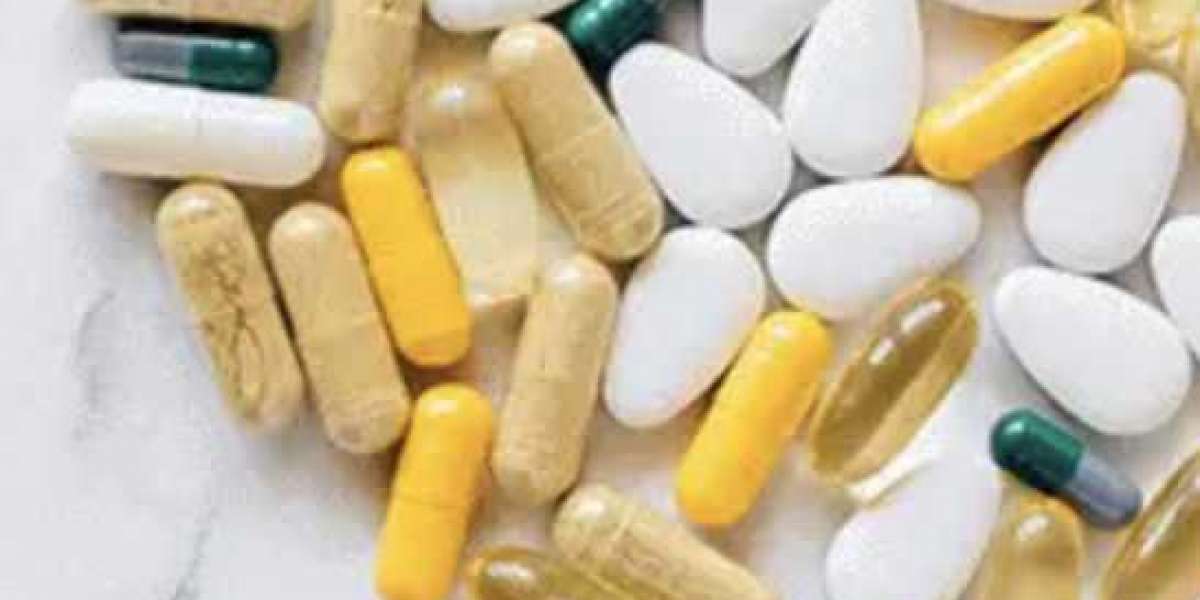Aniline reacts with strong oxidizers, strong acids, alkalis and toluene diisocyanate. It reacts violently with benzenediazonium-2-carboxylate, boron trichloride, dibenzoyl peroxide 90% performic acid, N-bromosuccinimide, trichloronitromethane, and perchromate, and it spontaneously ignites in the presence of red fuming nitric acid.
Health Effects
Aniline is irritating to the skin, eyes, and respiratory tract. Effects can result from all routes of exposure. Aniline induces methemoglobinemia, which impairs the delivery of oxygen to tissues.
Aniline may also cause the destruction of red blood cells, which manifests as acute or delayed hemolytic anemia. Heart, liver, and kidney effects may be secondary to hemolysis.
Insufficient delivery of oxygen and destruction of red blood cells may cause cardiopulmonary complaints with the development of ischemia, arrhythmia and shock.
Acute Exposure
Many of the adverse health effects of aniline are due in part to the formation of methemoglobinemia. Aniline converts the Fe+2 in hemoglobin to Fe+3 which impairs its oxygen transport capacity. The mechanism by which aniline produces methemoglobin in the blood appears to be related to an active metabolite. Methemoglobin formation from aniline exposure may develop insidiously, and onset of symptoms may be delayed for hours. Production of methemoglobin may continue for up to 20 hours after exposure. Exposure to 7-53 ppm aniline vapor causes slight symptoms after several hours, and concentrations greater than 100-160 ppm cause serious disturbances. As little as 1 g of ingested aniline can be fatal to humans, the mean lethal dose is 5-30 g (HSDB 2000).
Children do not always respond to chemicals in the same way that adults do. Different protocols for managing their care may be needed. The very young and the very old can be more adversely affected by aniline in an acute exposure.
Hematologic
Aniline causes metheglobinemia and hemolysis; these changes can be detected by blood tests or by the color and appearance of the blood. Methemoglobinemia is a concern in infants up to 1 year old. Children may be more vulnerable to loss of effectiveness of hemoglobin because of their relative anemia, higher metabolic rate and greater sensitivity to hypoxia compared to adults. The elderly are more vulnerable due to limited cardiovascular reserves. Signs and symptoms expected at various percentages of methemoglobin formation are outlined below. Patients who have underlying diseases may develop signs and symptoms at even lower methemoglobin percentages.



